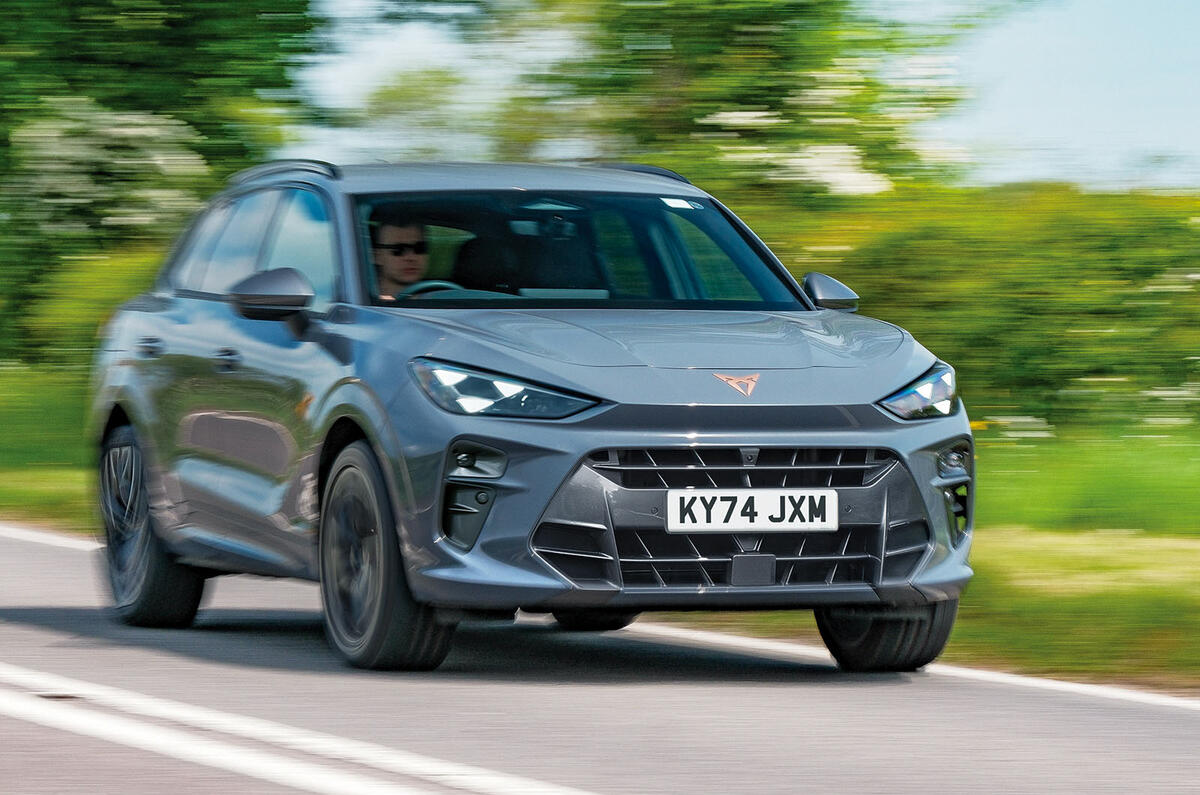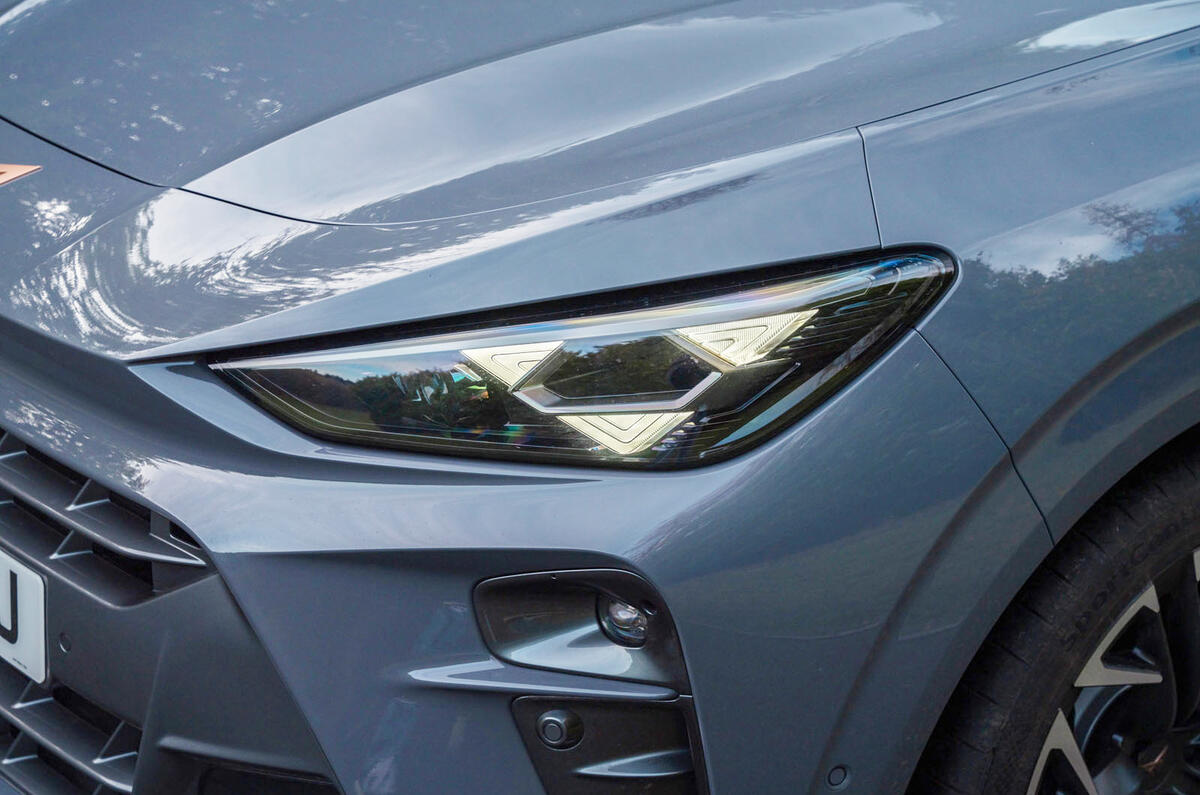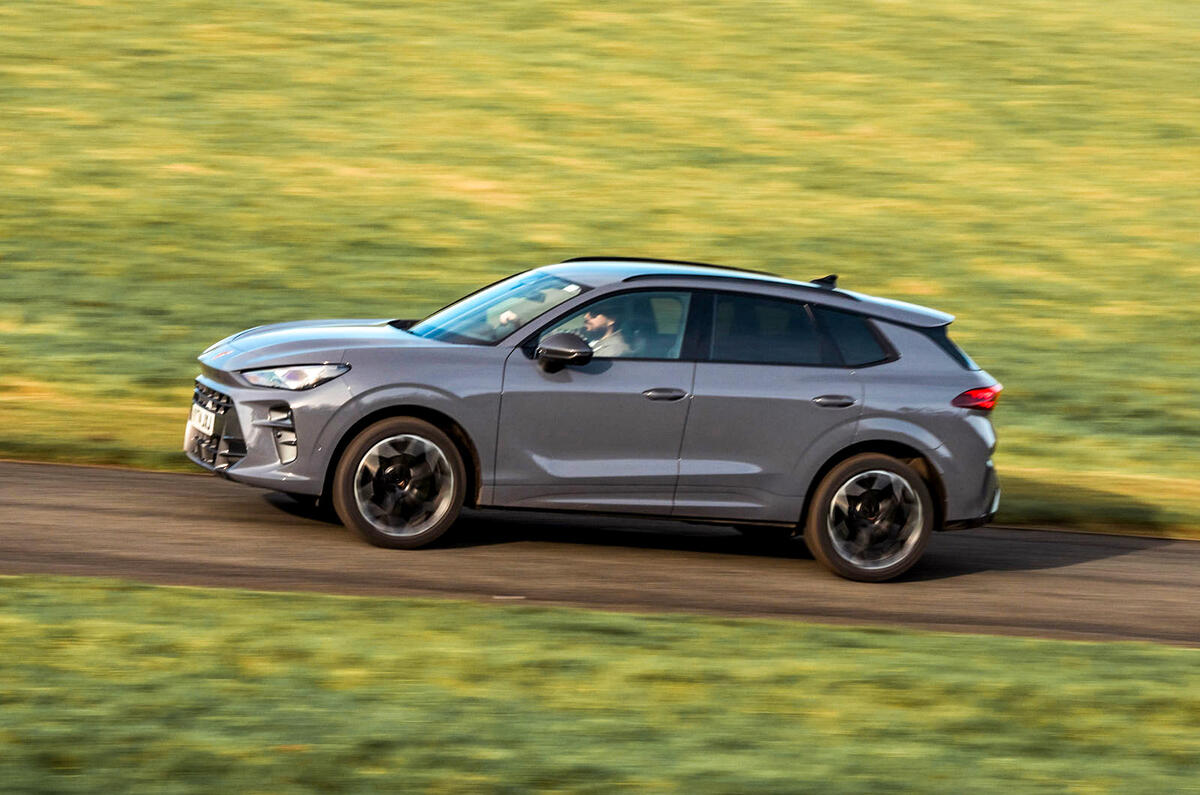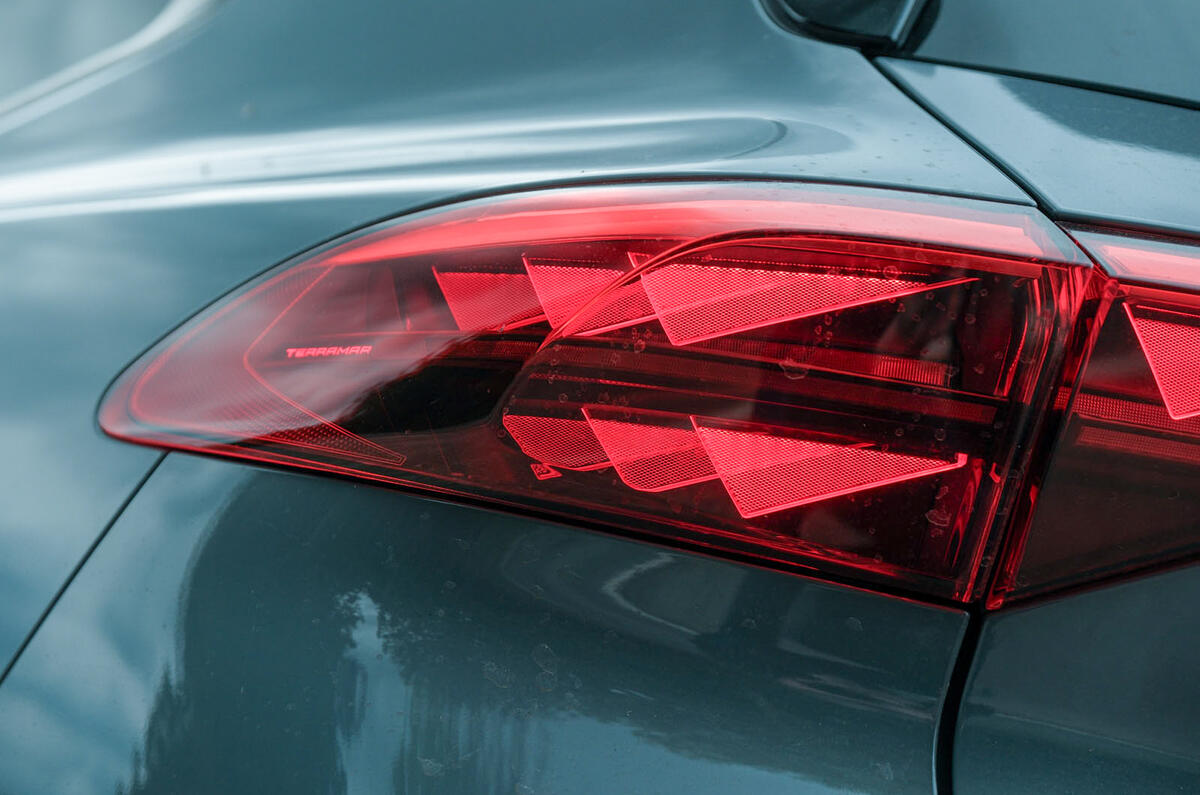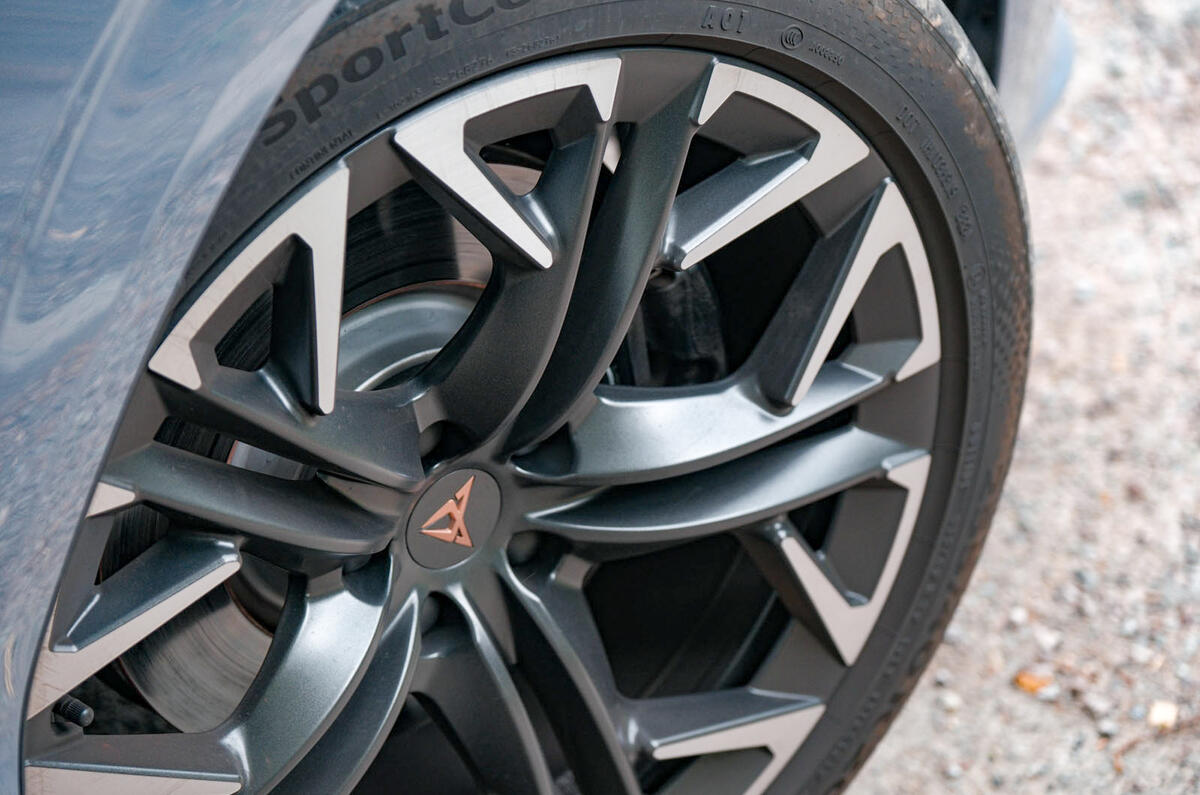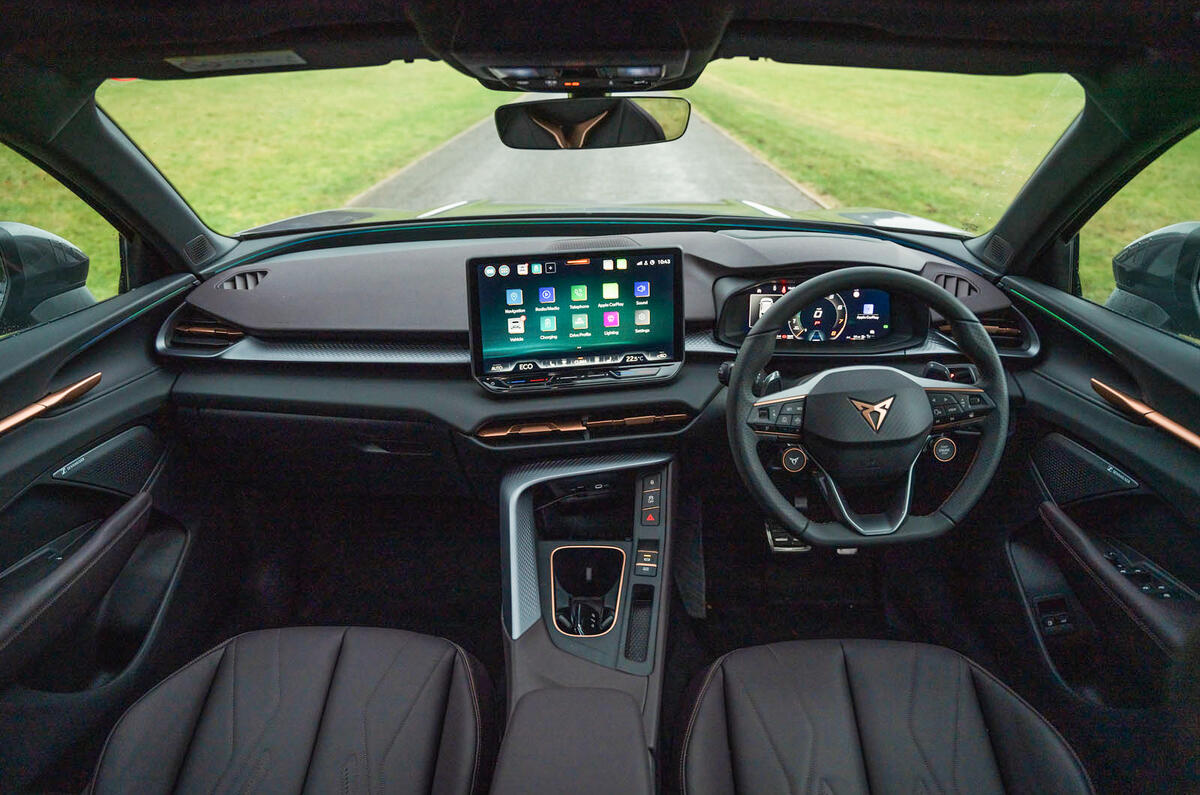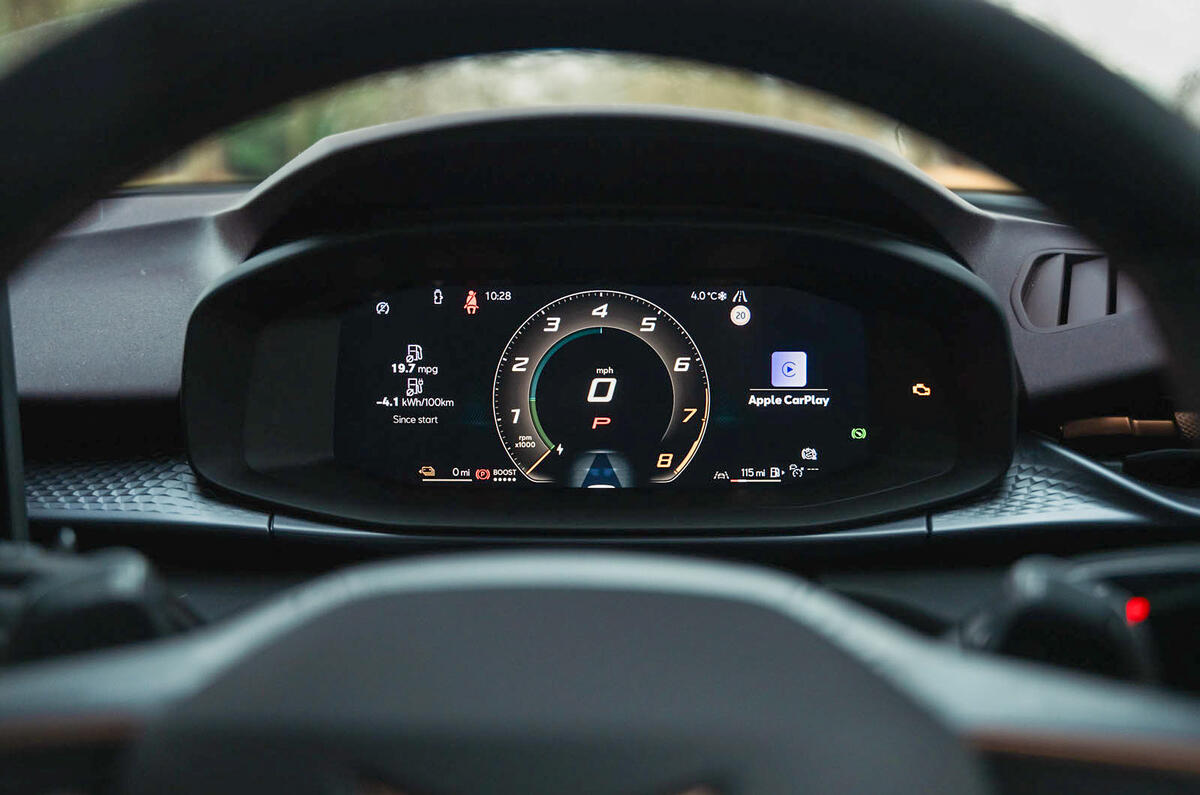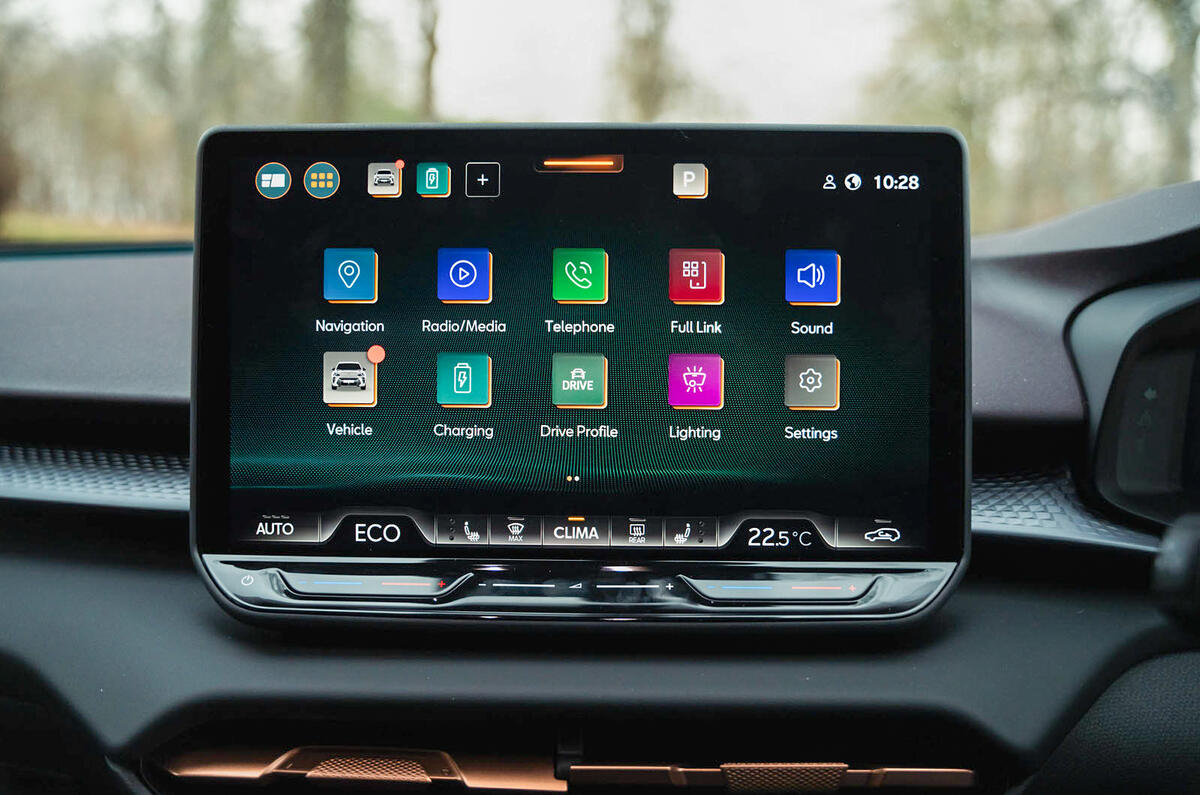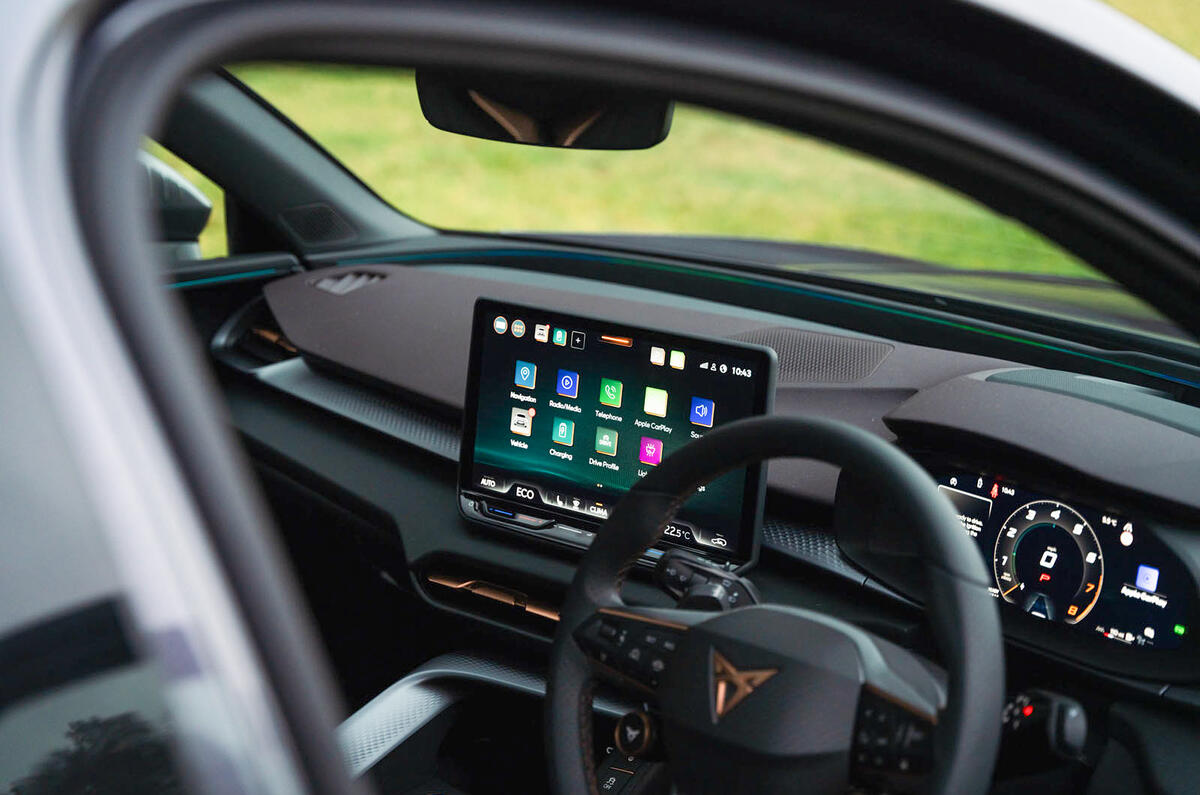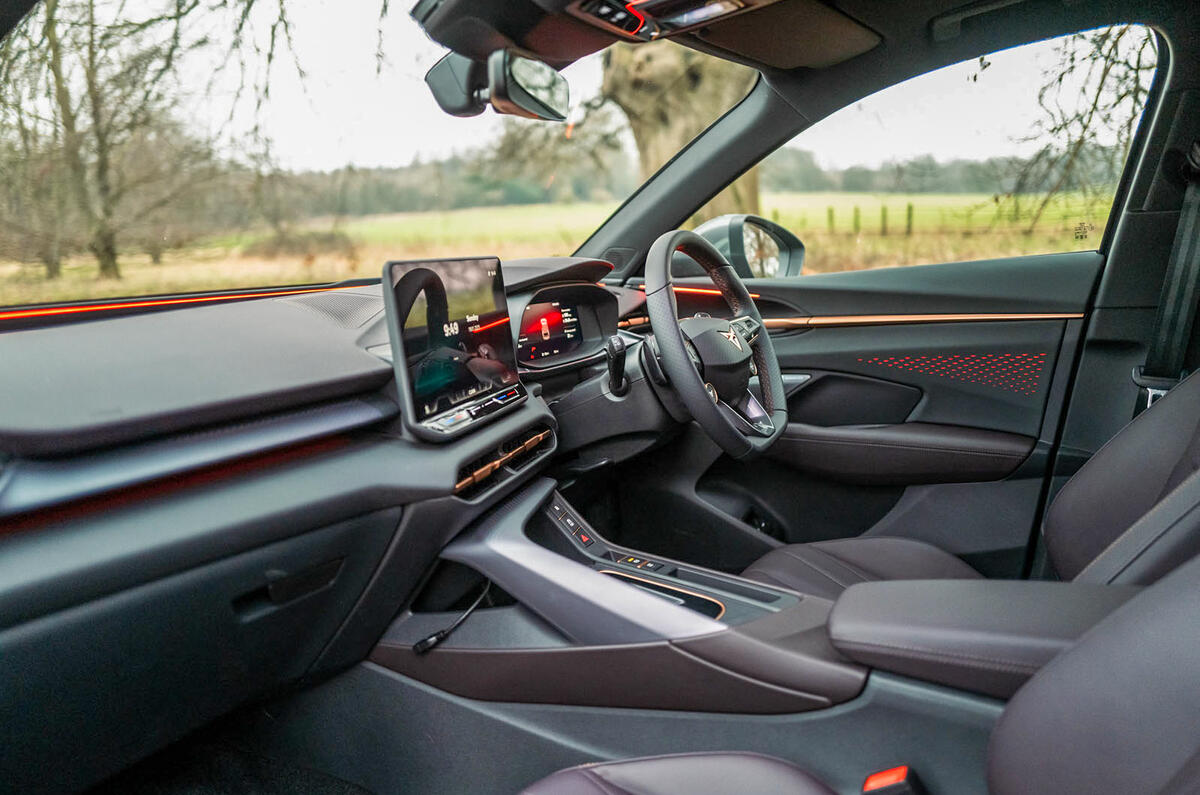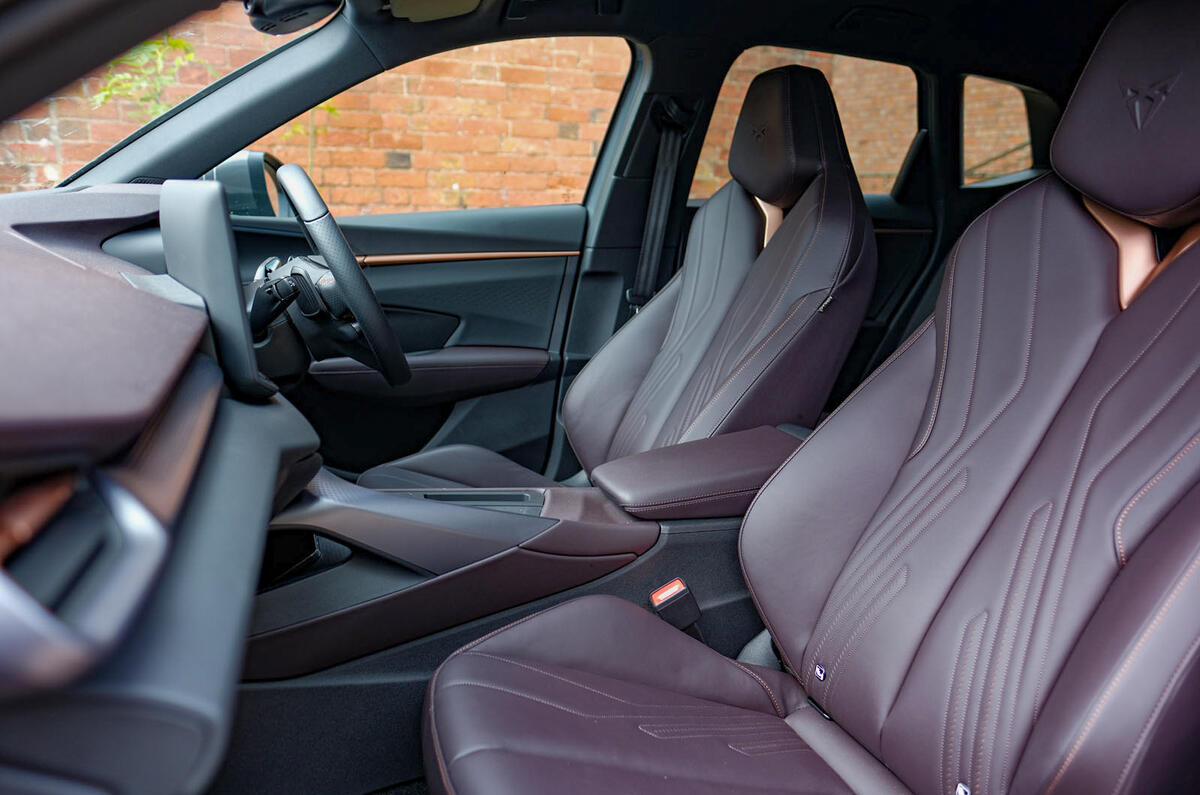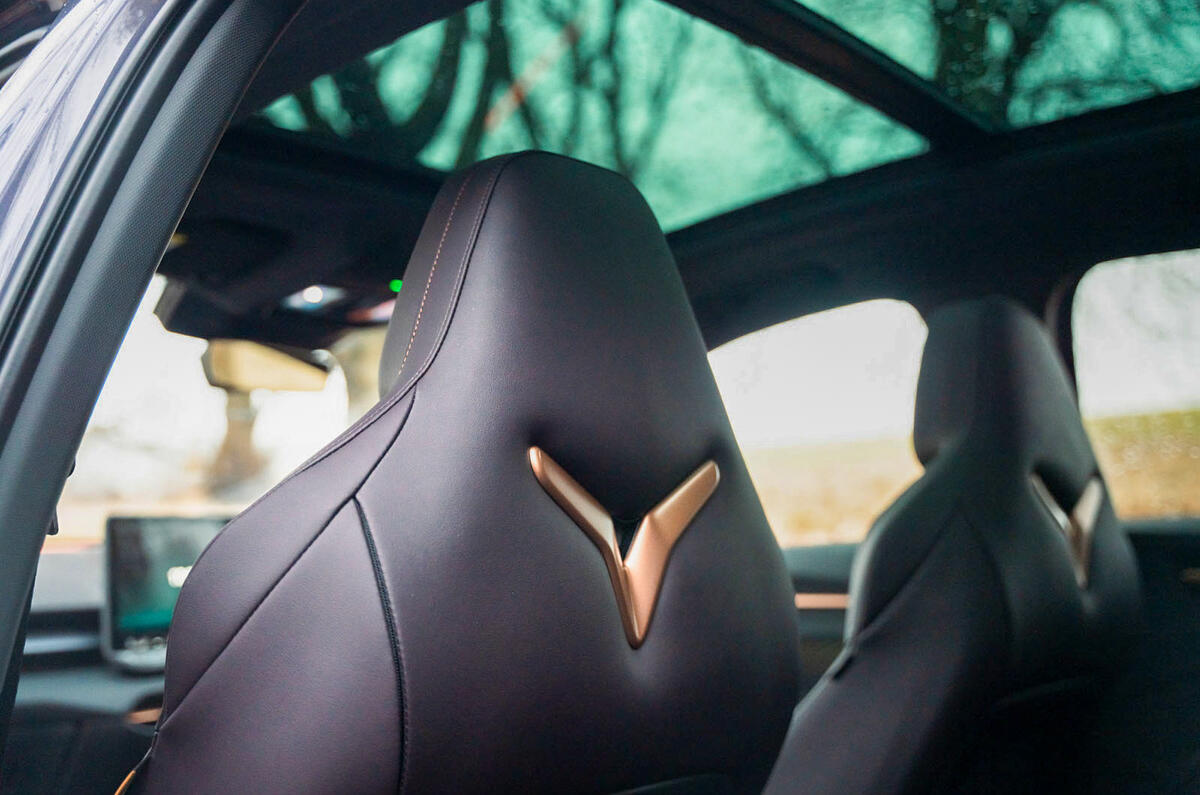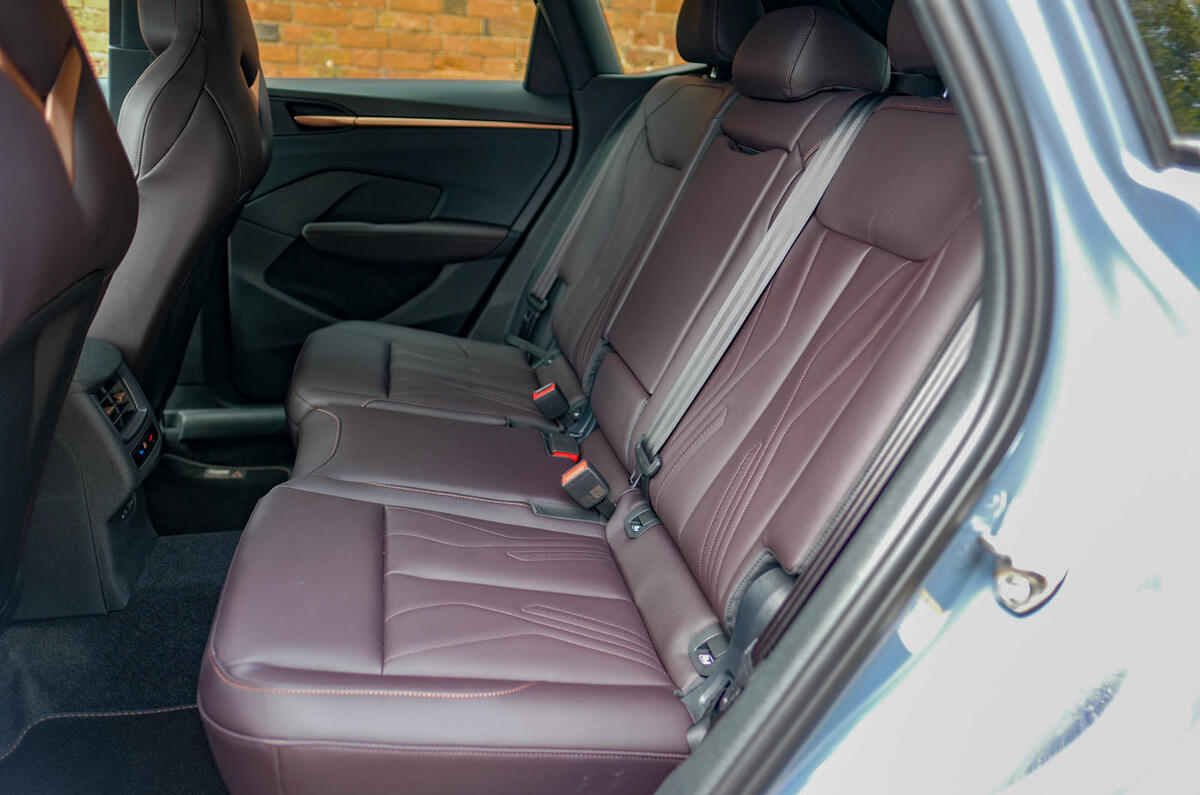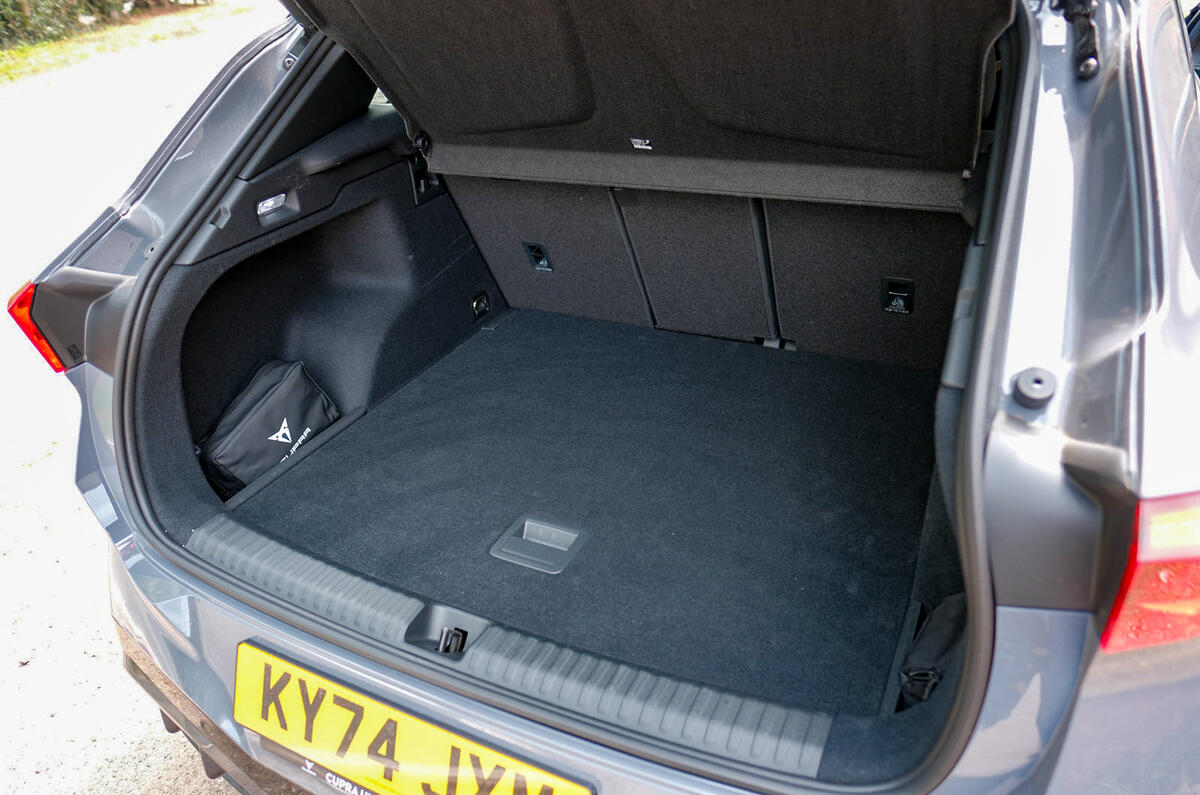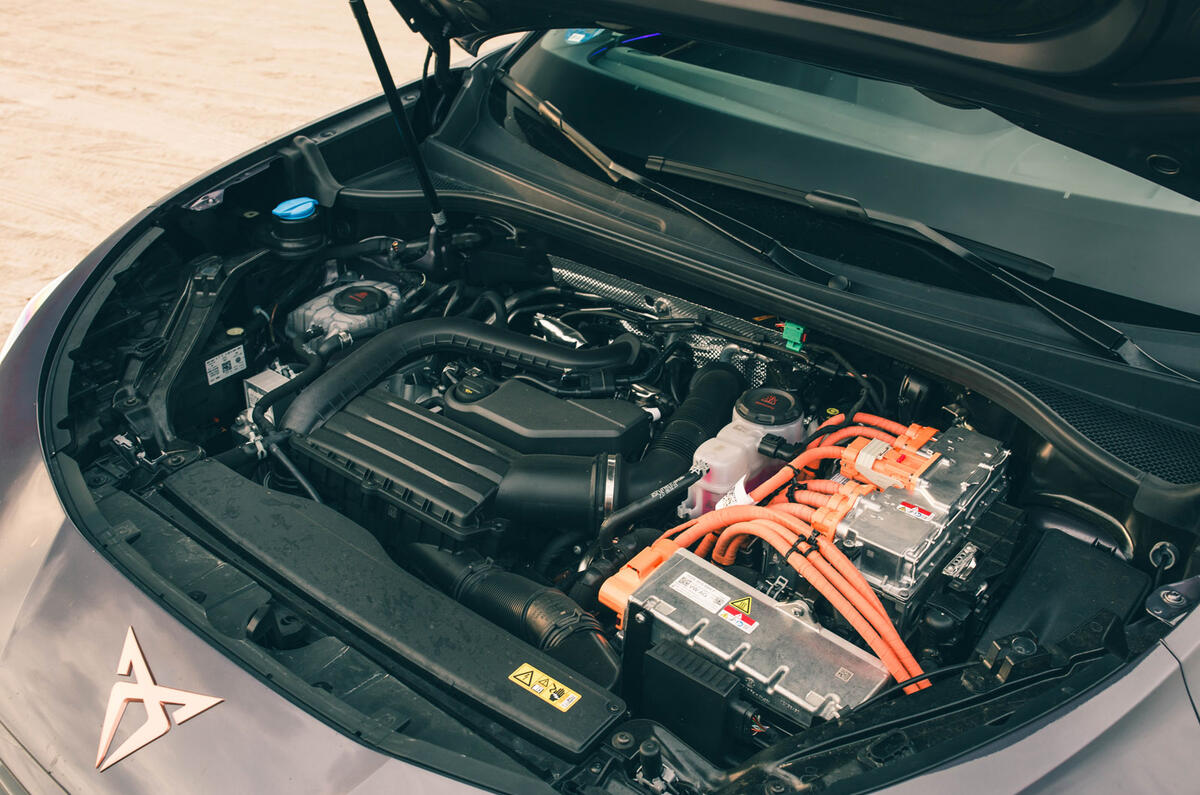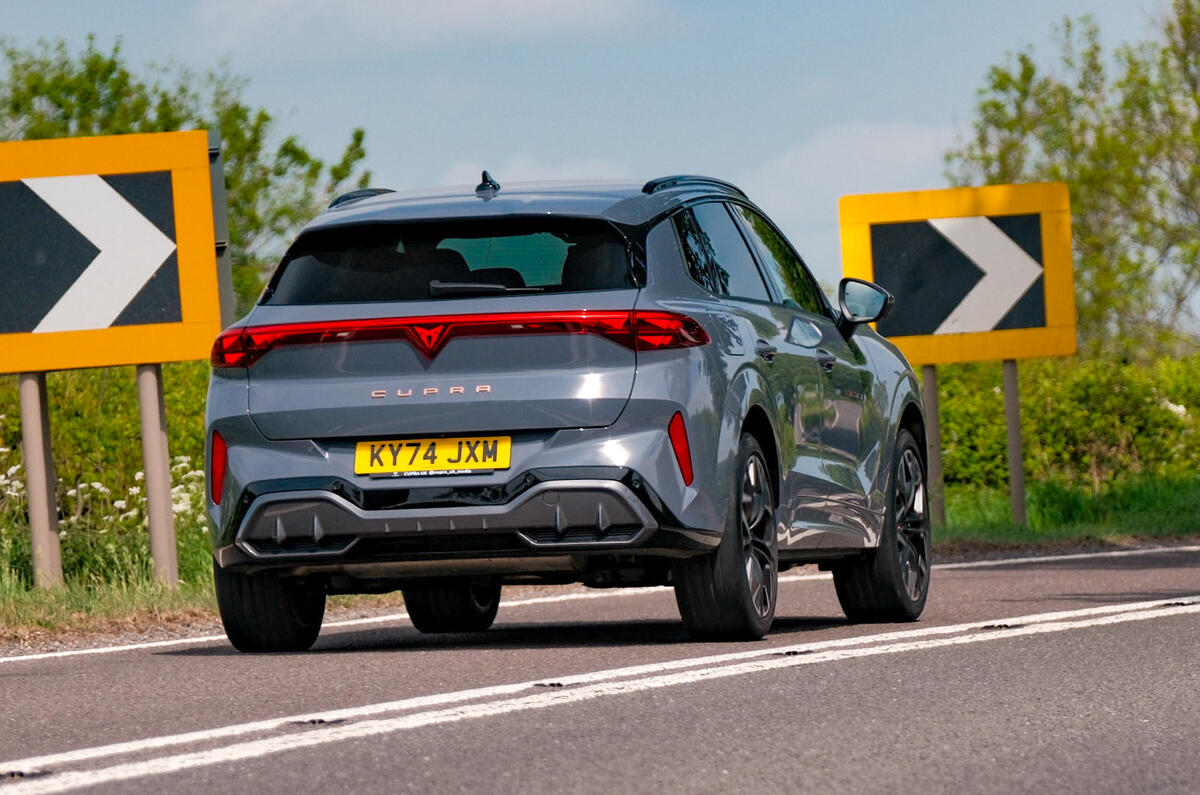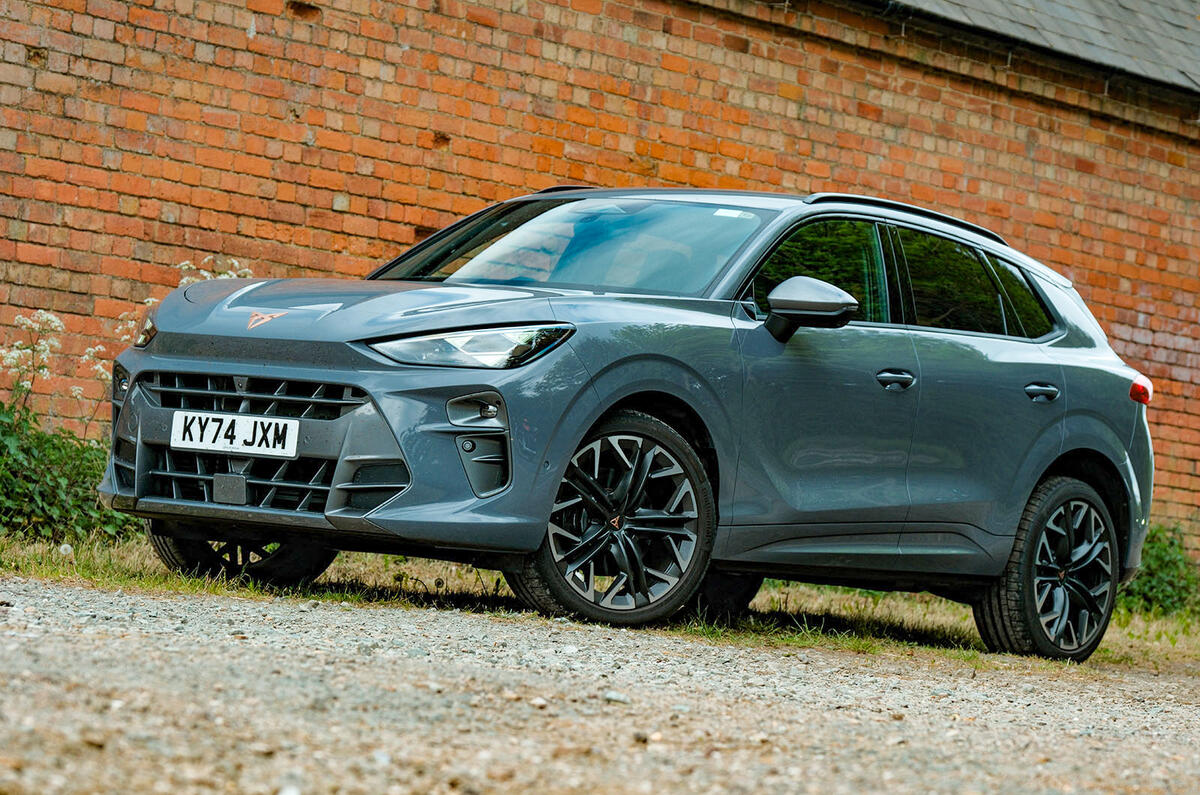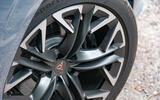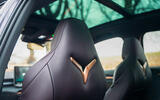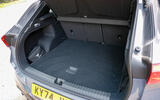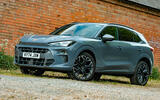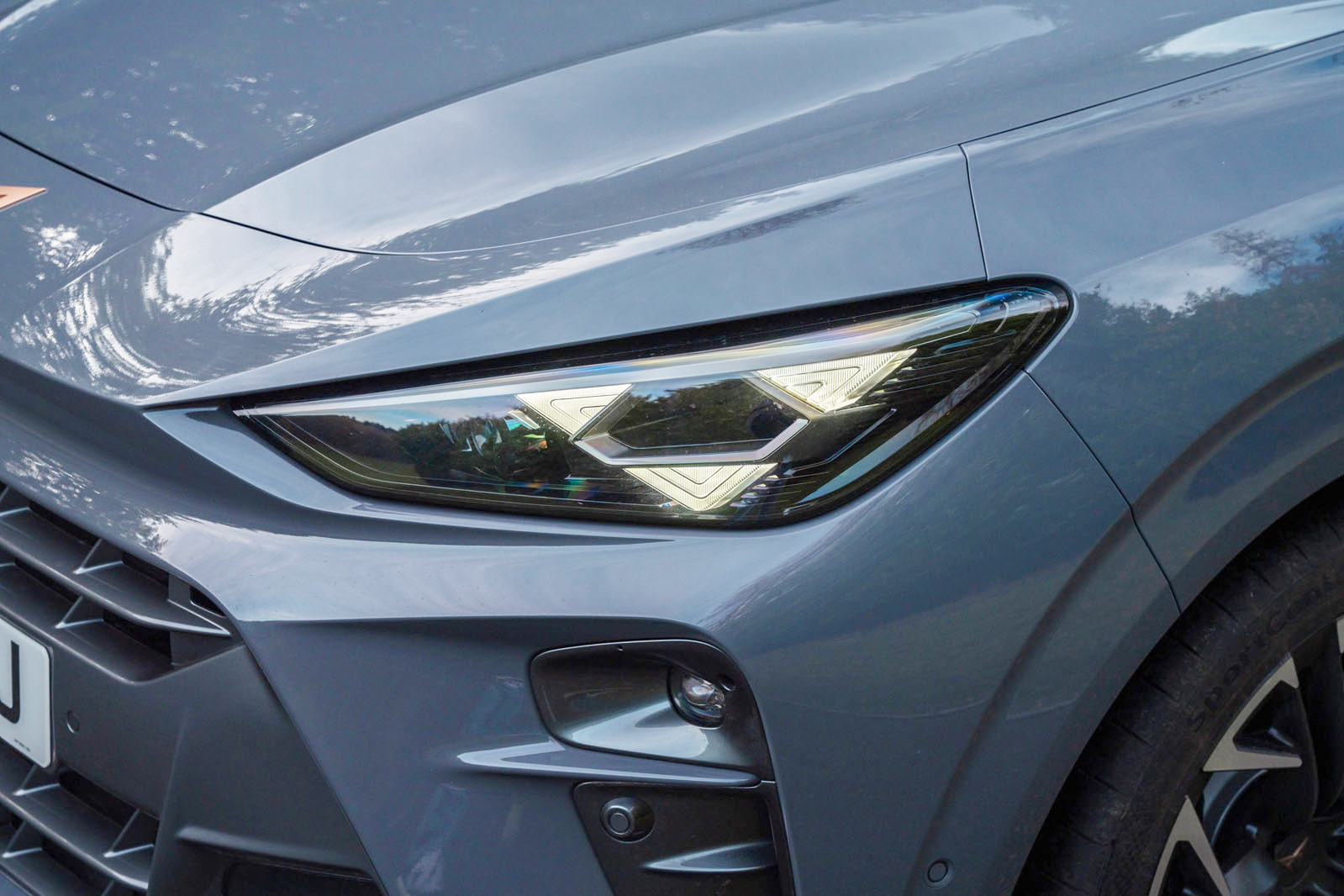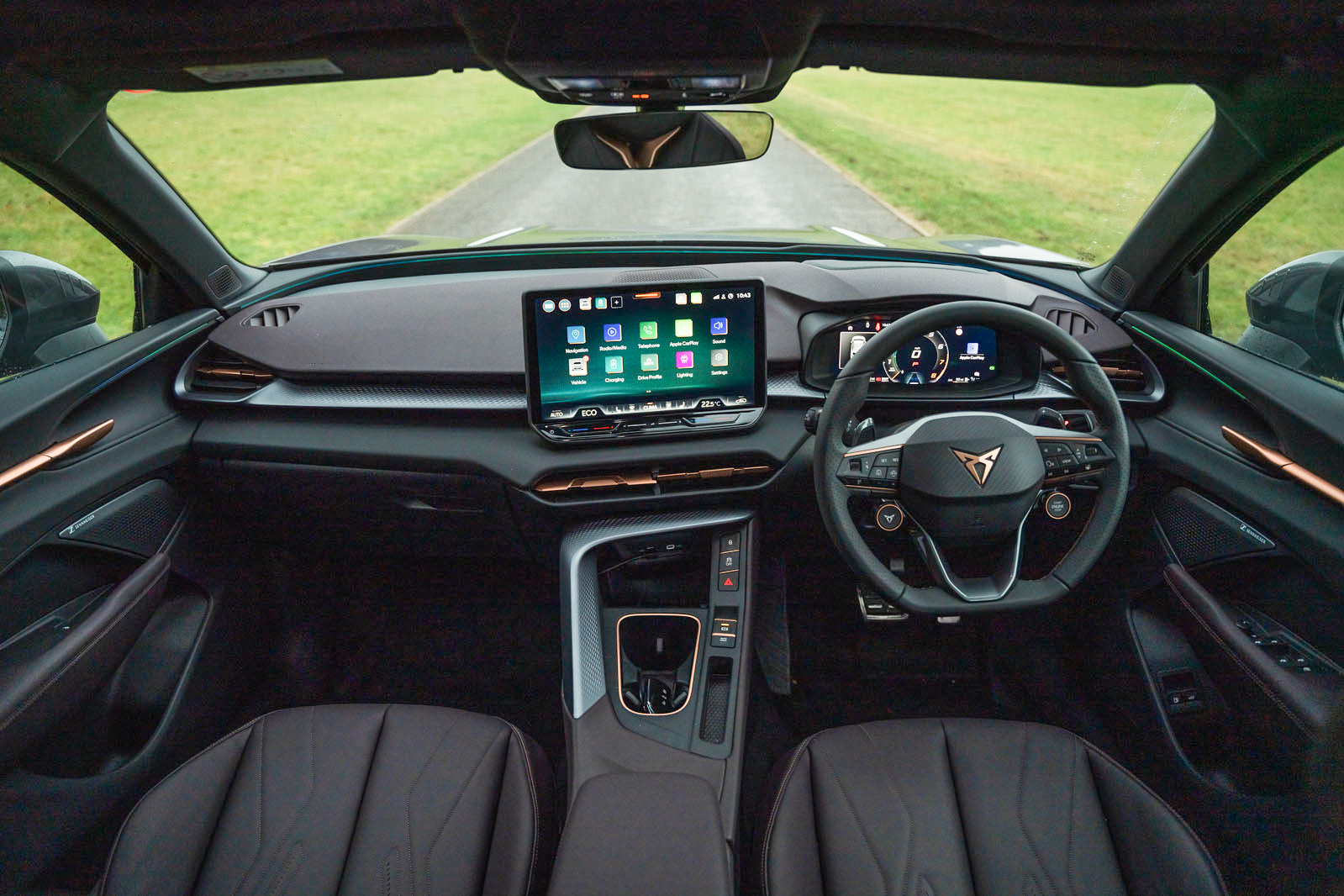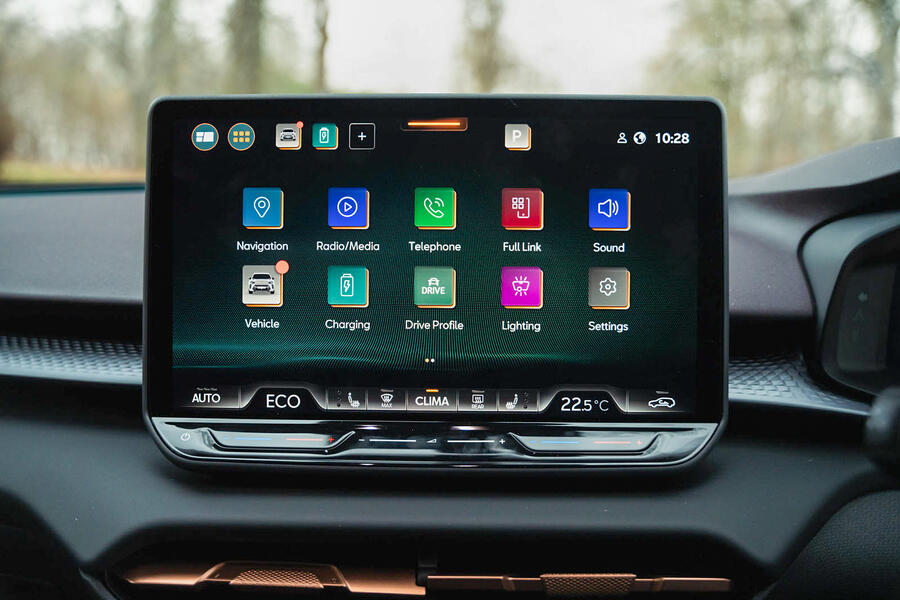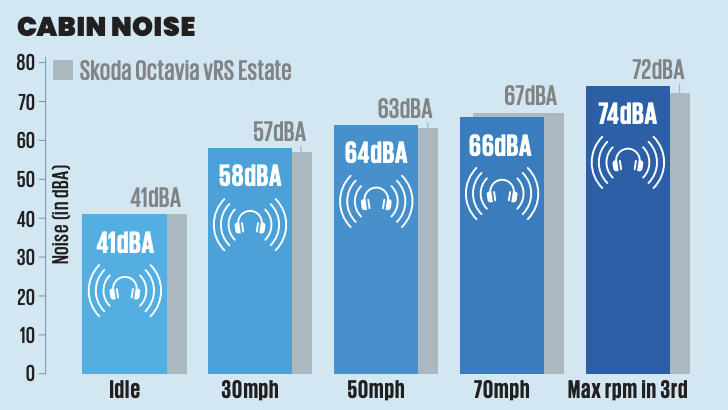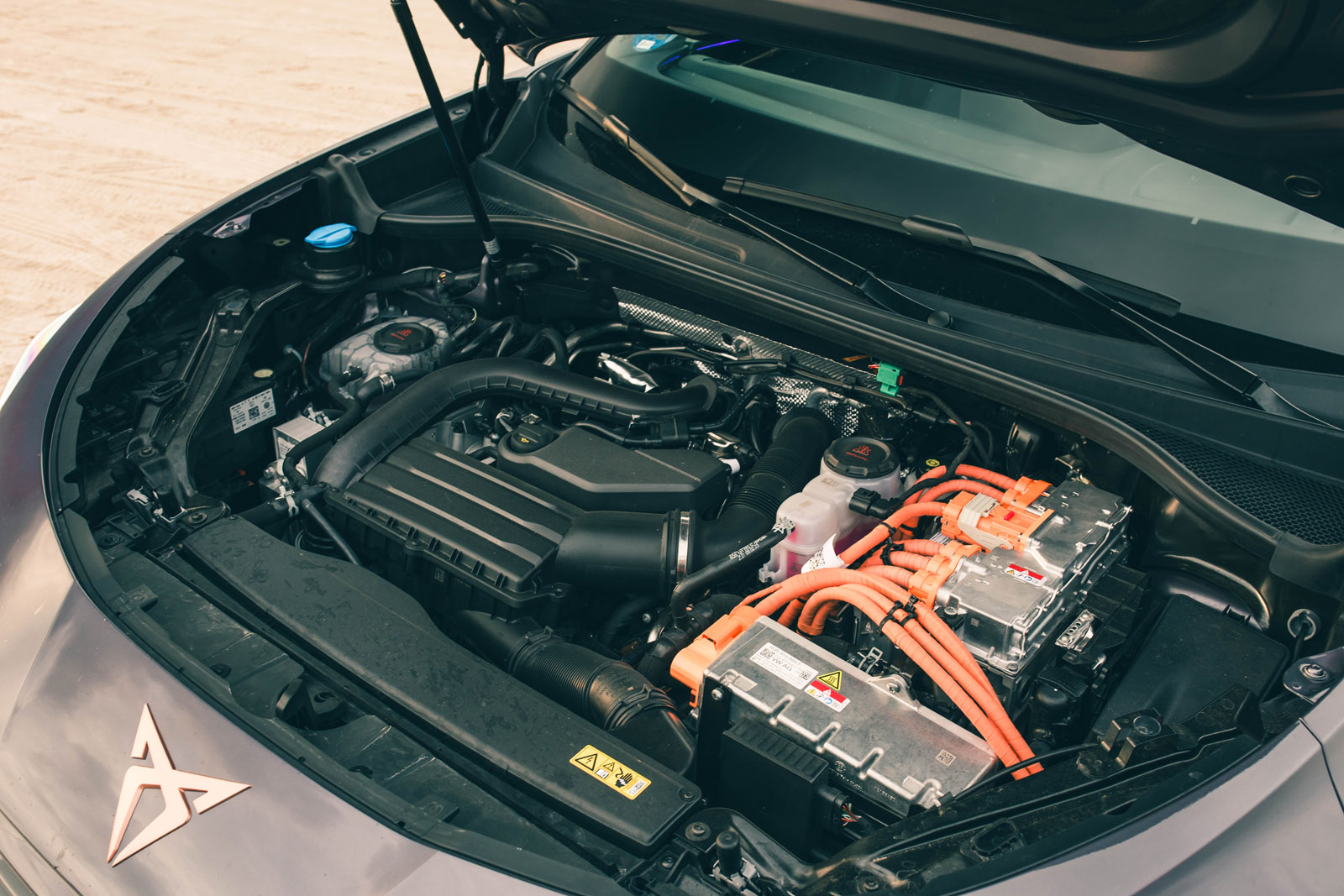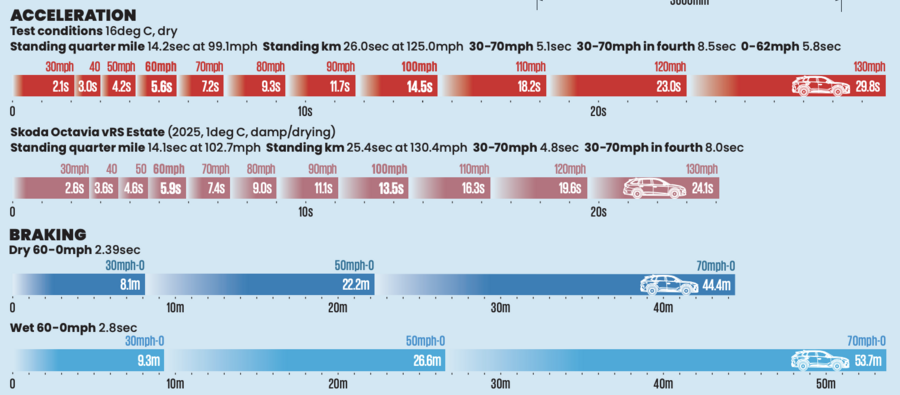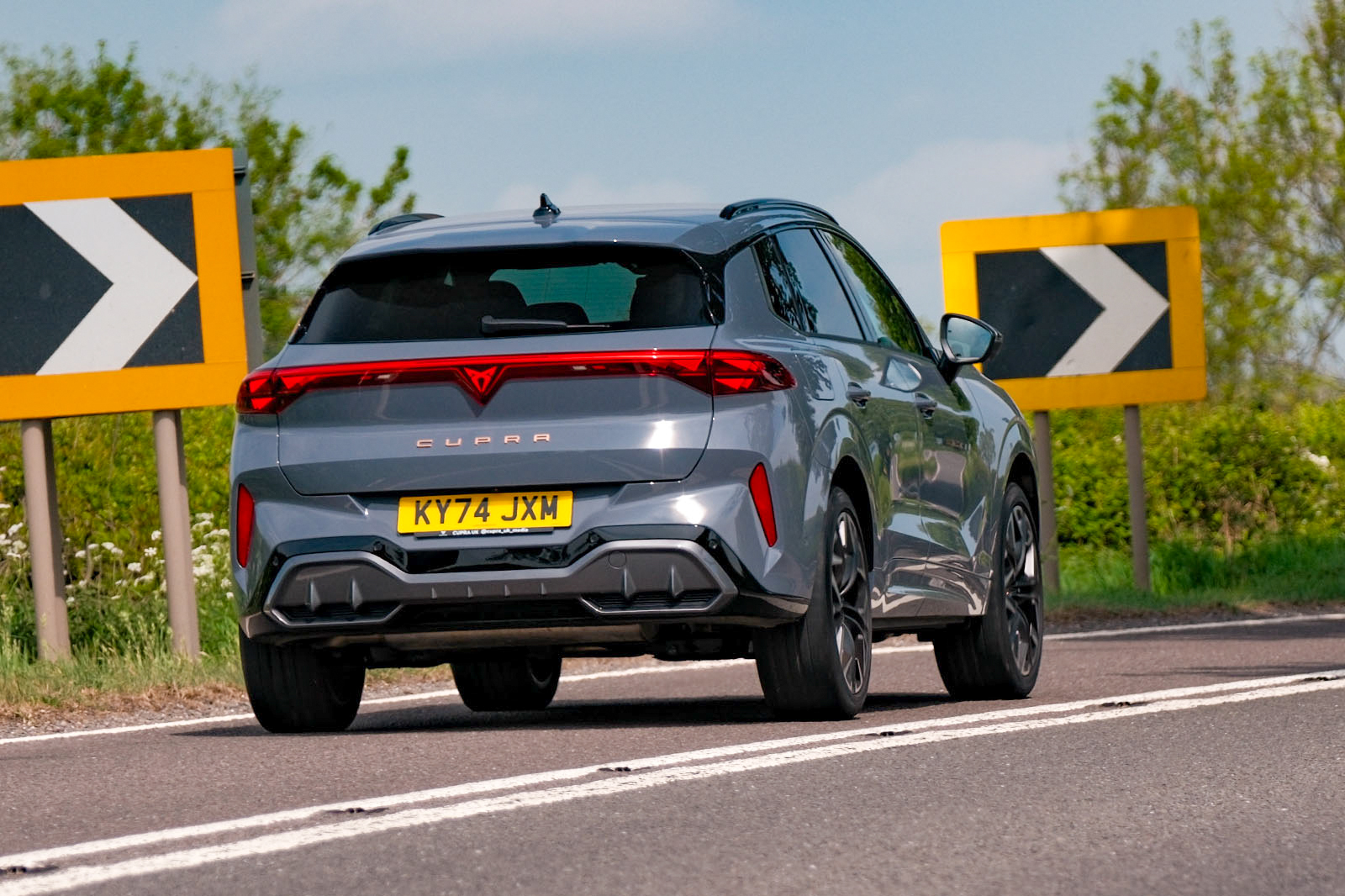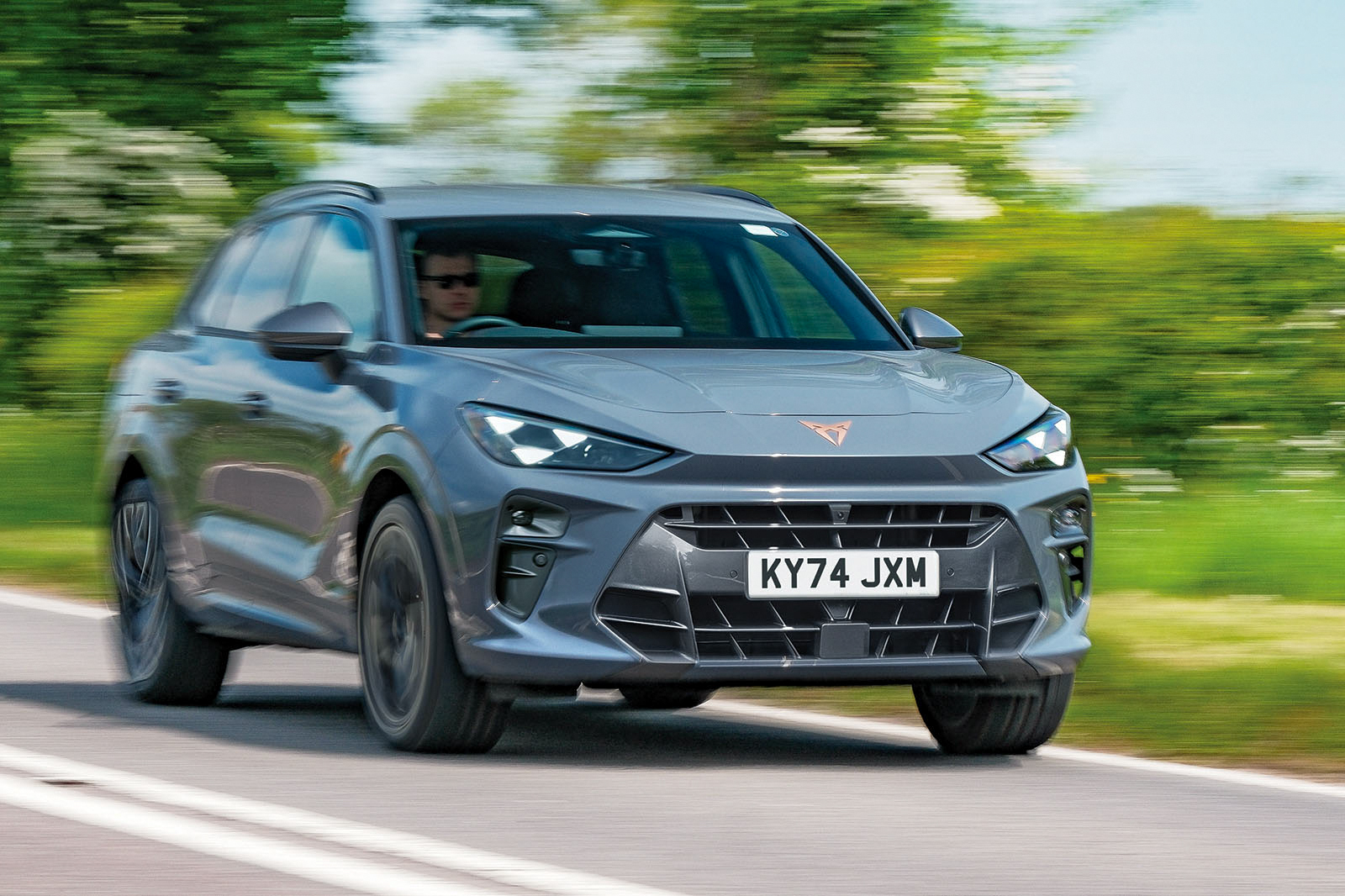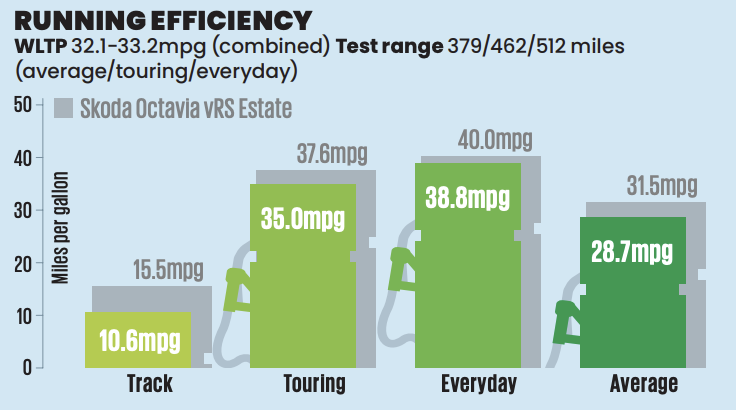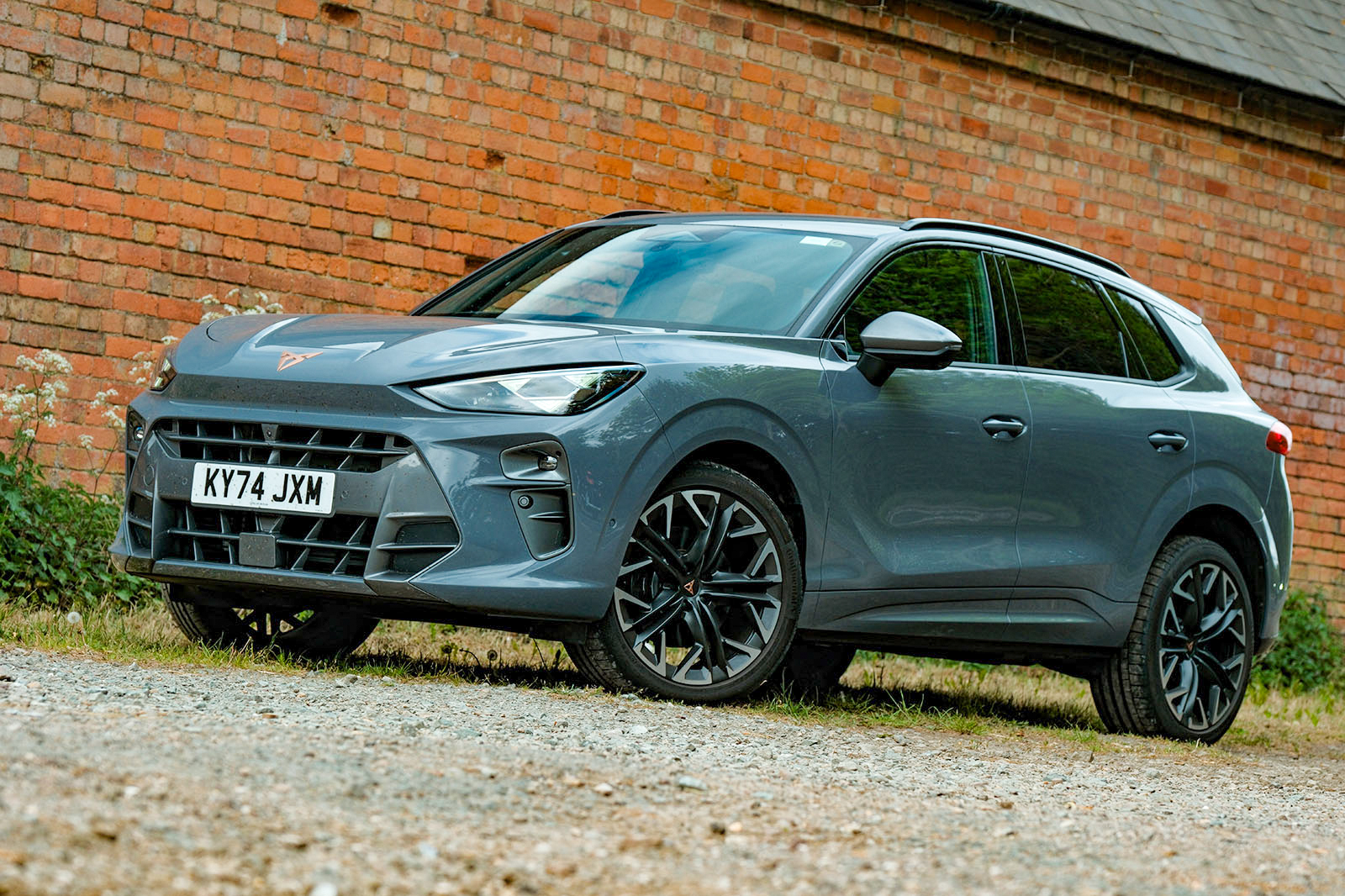The market, arguably, is not in need of another C-segment SUV. We already have the Volkswagen Tiguan, Kia Sportage, Ford Kuga, Nissan Qashqai, Volvo XC40, BMW X1, Skoda Karoq, Audi Q3, Toyota RAV4, Jeep Compass, Renault Arkana, Mercedes GLA, Citroën C5 Aircross, MG HS, Hyundai Tucson, Peugeot 3008 and several others besides. But this glut of competition hasn’t deterred Cupra, which is already represented by the Tiguan-adjacent Ateca, and has now launched the Cupra Terramar for a two-pronged attack.
This appears to be overkill, but there are good reasons why the Terramar exists. Back in 2018, when Cupra was repositioned as a stand-alone entity rather than a performance sub-brand of Seat, the Ateca was the first model it launched. In the seven years since, Cupra has evolved in terms of design both inside and out, its digital array, the powertrains and, to some extent, the dynamic identity of the cars. In short, the Ateca no longer feels particularly ‘Cupra’, while the Terramar does.
So what exactly do we have here? In effect, the Terramar is Cupra’s flagship, although you could say it occupies this position jointly with the all-electric Tavascan, which is similarly sized but has a sharper look to it at the front and a sloping roof where the Terramar has traditional, SUV-style C-pillars. You can’t yet have the Terramar in pure-electric form, although we already know that this will change for the second generation, when the model will move upmarket as it shuffles onto the same platform that underpins the Porsche Macan Electric and Audi Q6 E-tron. As things stand, the Mk1 Terramar is due to be the last new Cupra product fitted with an internal combustion engine.


